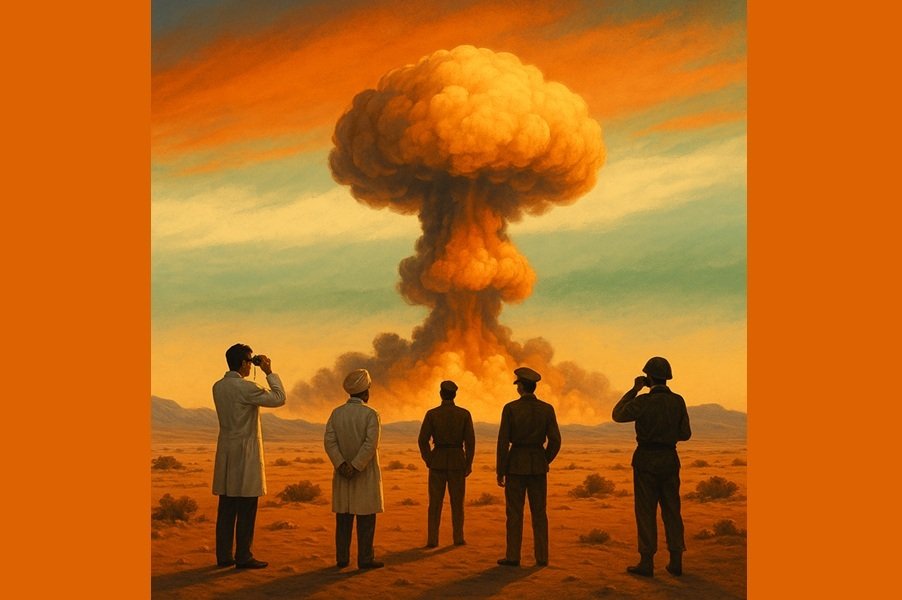
Introduction
Trade policy is one of the most powerful tools in shaping international economics. Among the latest approaches proposed by various administrations in the United States is the idea of reciprocal tariffs—a mechanism where the U.S. imposes tariffs on foreign goods equivalent to those that country imposes on American exports.
At first glance, this seems like a fair play. But dig deeper, and you’ll find that such a policy might end up hurting the U.S. economy more than it helps—especially in sectors heavily reliant on global imports, such as spices from India.
What Are Reciprocal Tariffs?
Reciprocal tariffs are retaliatory duties levied by a country to match the tariff rates imposed by its trading partners. For example, if India imposes a 30% duty on American products, the U.S. might impose a 30% tariff on similar Indian imports. The idea is to “level the playing field.”
While this policy may sound logical in a political speech, the real-world consequences are far more complex and often counterproductive.
Why Reciprocal Tariffs Can Hurt the U.S.
1. Consumer Prices Skyrocket
Tariffs act like taxes on imports. When the government adds tariffs, importers pass those costs on to consumers. This makes everyday products more expensive. In the case of Indian spices, this means higher grocery bills, more expensive restaurant meals, and inflated costs for small food producers.
2. Inflation Rises
According to economic research, even a 3% increase in tariff rates can raise core inflation by 0.5% annually. This inflationary pressure makes it harder for the Federal Reserve to manage monetary policy and forces households to reduce spending.
3. Job Losses in Import-Dependent Sectors
Many small businesses and manufacturers in the U.S. depend on affordable imports to maintain their product lines. By disrupting the supply chain with higher tariffs, companies might lay off workers, reduce operations, or close shop altogether.
Case Study: Indian Spices and the U.S. Market
India is the world’s largest producer and exporter of spices, and the United States is one of its top importers. Spices like turmeric, cumin, coriander, cardamom, and chili are not just used in Indian cuisine anymore—they’ve become part of the mainstream American culinary culture and health trends.
A. The Importance of Indian Spices in the U.S.
- Culinary Use: Widely used in restaurants, packaged foods, and home cooking.
- Health & Wellness: Turmeric lattes, ginger shots, Ayurvedic blends.
- Ethnic & Fusion Cuisine: Indian, Mexican, Middle Eastern, and more.
B. Economic Role in the U.S.
- Supports thousands of importers, wholesalers, restaurants, and food processors.
- Ethnic grocery stores rely heavily on Indian-origin products.
- Growing demand for organic and sustainably sourced Indian spices.
C. Impact of Reciprocal Tariffs on Indian Spices
If the U.S. imposes tariffs on Indian spices in retaliation for Indian trade practices:
- Prices of spices will surge by 20–40% or more.
- Retailers and restaurants will pass costs to consumers or remove key items.
- Imports may reduce drastically, hurting both U.S. businesses and Indian exporters.
- India may retaliate, putting American agricultural and industrial exports at risk.
Lessons from History: The Smoot-Hawley Example
One of the most disastrous tariff implementations in U.S. history was the Smoot-Hawley Tariff Act of 1930. Intended to protect American farmers, it led to a trade war and worsened the Great Depression. Exports collapsed as countries imposed counter-tariffs. The U.S. economy shrank, and unemployment soared.
History warns us that reciprocal tariffs can spiral into broader economic damage.
Sector-Specific Risks: Spices as Just One Example
Indian spices are just one case. Similar stories are unfolding in other sectors:
- Coffee from Brazil
- Electronics from China
- Automobile parts from Germany
- Textiles from Bangladesh
In each case, reciprocal tariffs don’t increase American production—they just make imports expensive and lead to retaliatory tariffs that hurt American exporters.
Smarter Trade Alternatives
Instead of reciprocal tariffs, the U.S. can:
- Negotiate bilateral trade agreements that reduce tariffs on both sides.
- Encourage domestic innovation and competitiveness.
- Strengthen WTO mechanisms for dispute resolution.
- Promote export diversification and reduce over-dependence on politically sensitive goods.
Conclusion: A Warning Against Protectionism in Disguise
Reciprocal tariffs may sound patriotic, but in practice, they act as self-inflicted wounds on a complex, interdependent economy. In the case of Indian spices, these policies would hurt not only Indian exporters but also U.S. small businesses, retailers, restaurants, and everyday consumers.
Read This: India’s INSTC and IMEC: Transforming Global Trade and Connectivity






